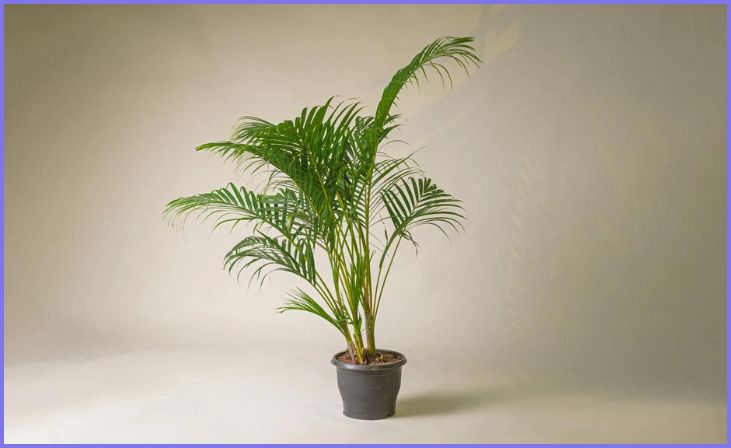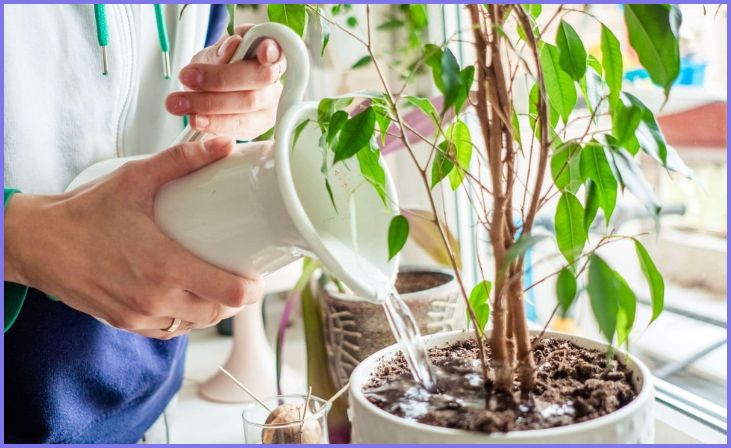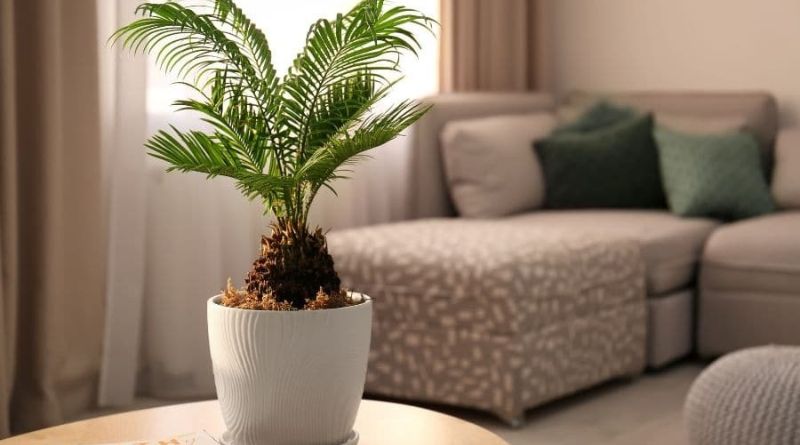Indoor palm plants are not only beautiful additions to your home decor but also help purify the air and create a calming atmosphere. To keep your indoor palm plants thriving, it’s essential to understand and implement proper care techniques. Here are seven must-know tips to ensure your indoor palms stay healthy and vibrant.
1. Choose the Right Palm Plant

Selecting the right type of palm plant for your indoor environment is crucial. Some popular indoor palm varieties include the Areca Palm, Majesty Palm, and Kentia Palm. Consider factors like light levels, humidity, and space availability when choosing your palm plant to ensure it can thrive indoors.
2. Provide Adequate Light
Indoor palm plants typically thrive in bright, indirect light. Place your palm plant near a window where it can receive plenty of natural light without being exposed to direct sunlight, which can scorch its leaves. Rotate the plant occasionally to ensure even growth on all sides.
3. Maintain Proper Humidity
Palm plants prefer environments with moderate to high humidity levels. To increase humidity around your indoor palm, you can use a humidifier, place a tray filled with water and pebbles near the plant (ensure the pot is not sitting in water), or mist the leaves regularly with room-temperature water.
4. Water Wisely

Overwatering is a common mistake that can harm indoor palm plants. Allow the top inch of the soil to dry out between waterings, and then water the plant thoroughly, ensuring excess water can drain away. Avoid letting the plant sit in standing water, as this can lead to root rot.
5. Maintain a Consistent Temperature
Indoor palm plants thrive in temperatures between 65-85°F (18-29°C). Avoid placing them near drafts, air vents, or heaters, as sudden temperature changes can stress the plant. Aim to maintain a consistent temperature to keep your palm healthy and happy.
6. Fertilize Regularly
During the growing season (spring and summer), feed your indoor palm plant with a balanced liquid fertilizer every 4-6 weeks. Dilute the fertilizer to half strength to avoid over-fertilizing, which can cause salt buildup in the soil and damage the plant. Reduce fertilization in the fall and winter when growth slows.
7. Monitor for Pests and Diseases

Keep an eye out for common pests like spider mites, mealybugs, and scale insects, which can infest indoor palm plants. Wipe the leaves regularly with a damp cloth to remove dust and prevent pest buildup. If you notice signs of pests or diseases such as yellowing leaves, brown spots, or wilting, take prompt action to treat the plant and prevent further damage.
By following these seven essential care tips, you can enjoy healthy and thriving indoor palm plants that enhance the beauty and ambiance of your home. With proper attention and care, your palm plants will continue to flourish and bring joy for years to come.







